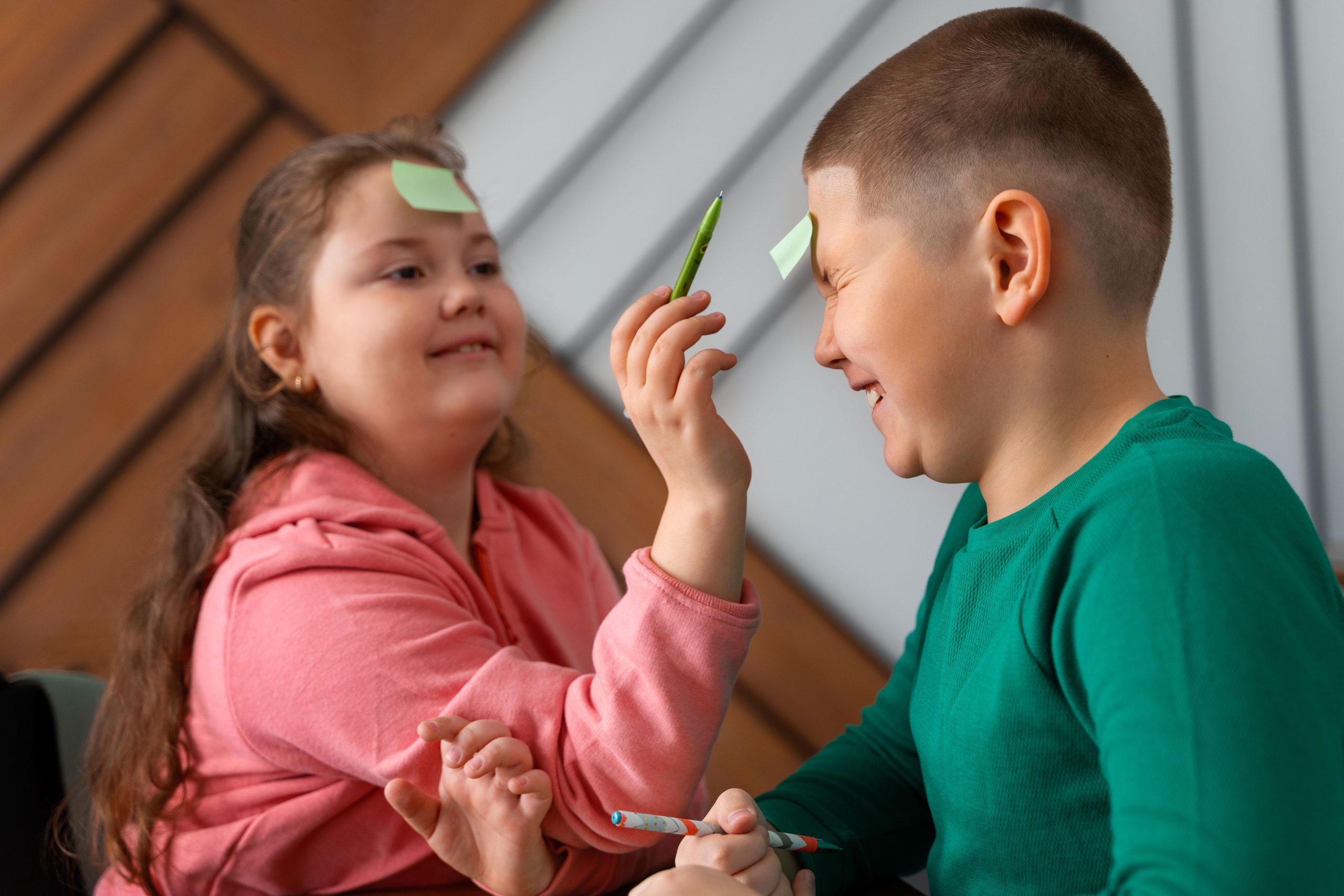
Sensory Prompts: Enhancing Preschoolers’ Learning and Development
As an educator for preschoolers, you understand the importance of providing diverse and stimulating activities to support their growth. Sensory prompts are a powerful tool in achieving this goal, encouraging toddlers to explore and engage with their environment through various sensory experiences. This article delves into different types of sensory prompts and their benefits in fostering children’s learning and development.Understanding Sensory Prompts
What are Sensory Prompts?
Sensory prompts are activities or materials designed to engage preschoolers’ senses, including aural, tactile, olfactory, gustatory, and visual stimuli. These prompts contribute to the enhancement of children’s intellectual, verbal, social, emotional, and sensory processing skills.Exploring Different Types of Sensory Prompts
Visual Prompts
Visual prompts involve materials that stimulate children’s visual senses, aiding in visual discrimination, memory, and perception skills development.Auditory Prompts
Auditory prompts utilize sounds, music, and spoken words to enhance listening skills, phonological awareness, and language development.Tactile Prompts
Tactile prompts focus on textures, temperatures, and pressure to improve fine motor skills, sensory integration, and body awareness.Olfactory Prompts
Olfactory prompts utilize scents and aromas to enhance sensory processing, memory, and emotional regulation.Gustatory Prompts
Gustatory prompts involve tastes and textures of food to develop oral motor skills, sensory processing, and social interaction.Maximizing the Impact of Sensory Prompts
Combining Sensory Prompts
Creating multi-sensory experiences by combining different types of sensory prompts can further engage children’s senses and promote sensory integration.Sensory Prompts for Special Needs
Tailoring sensory prompts to meet the needs of children with special needs can aid in sensory regulation, processing skills development, and social-emotional functioning.Safety Considerations for Sensory Prompts
Ensuring safety by using age-appropriate and non-toxic materials, providing supervision, and considering allergies or sensitivities.Sensory Prompts at Home
Encouraging parents and caregivers to incorporate sensory prompts at home to support children’s learning and development in everyday activities.Additional Considerations and Resources
Resources for Sensory Prompts
Exploring various resources and professional development opportunities for implementing effective sensory prompts.The Importance of Flexibility
Emphasizing the need for flexibility in adapting sensory prompts to individual preferences and needs, removing pressure, and promoting a comfortable learning environment.Evaluating and Incorporating Feedback
Regularly evaluating the effectiveness of sensory prompts, seeking feedback from stakeholders, and adjusting strategies accordingly.Conclusion
Incorporating sensory prompts into preschool education and caregiving practices can significantly enhance children’s cognitive, language, social, emotional, and sensory processing skills. By creating inclusive, safe, and engaging environments, educators and caregivers can empower children to reach their full potential and prepare them for lifelong learning.

